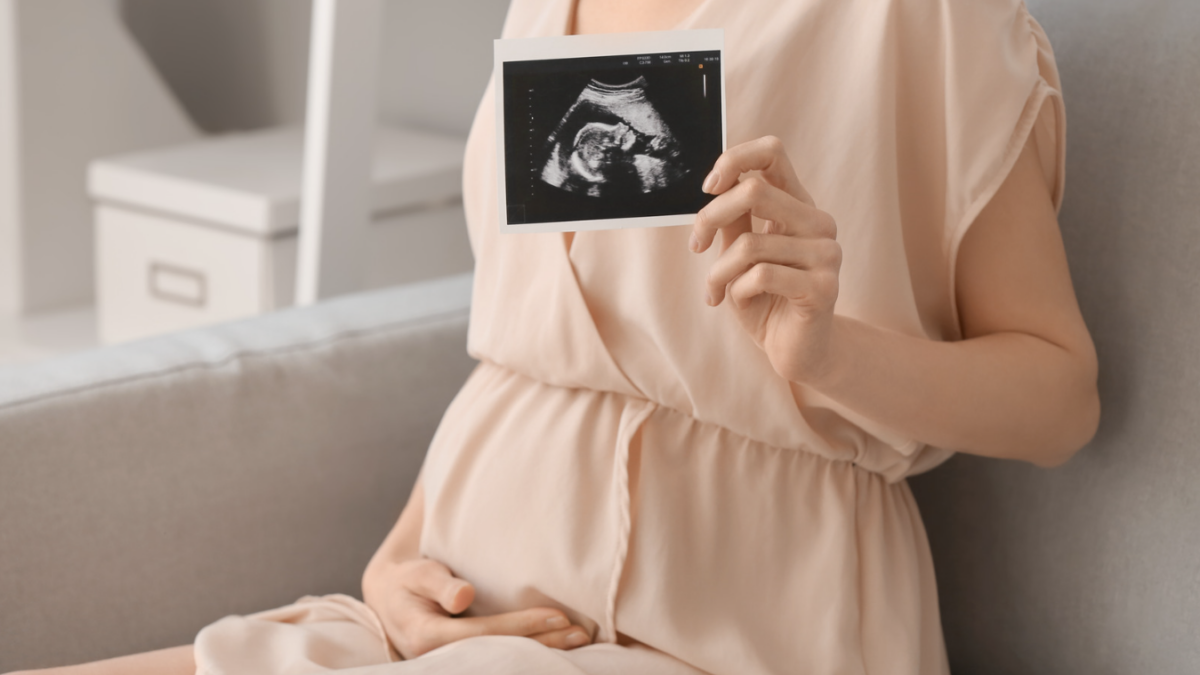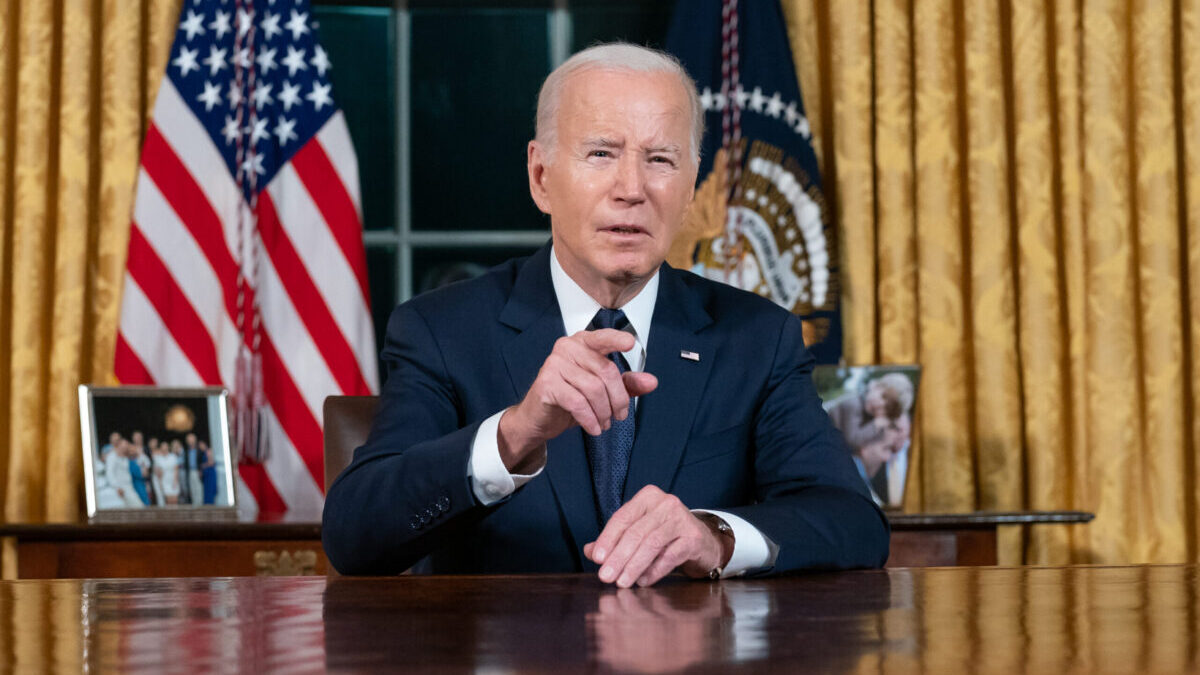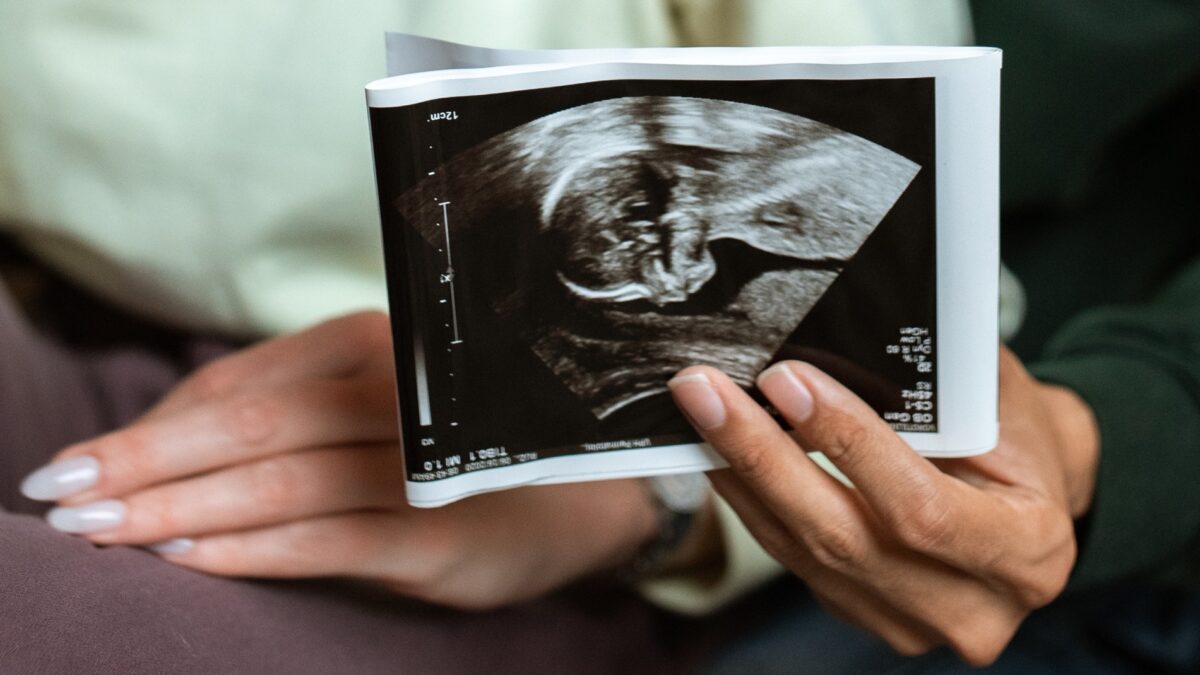
The Supreme Court heard arguments in Dobbs vs. Jackson Women’s Health Organization on Wednesday, a case addressing the specific question of, “Whether all pre-viability prohibitions on elective abortions are unconstitutional.” Or in layman’s terms, should states ever be allowed to outlaw abortions before the child is developed enough to survive outside the womb? The Supreme Court’s answer to this question has the potential to reshape or even obliterate the applicability of Roe.
Whether the viability framework was originally conceived as a compromise that could preserve a pregnant woman’s choice to be a mother, or as the point to begin placing value on human life, either line of reasoning for this framework leads to a conclusion that is either incoherent or arbitrary. How so? Let’s deal with each line of reasoning, in that order.
Obligations Don’t Disappear If They Can’t Be Transferred
Viability is the point it would become possible to transfer a parental obligation. Someone else could take on the duties of caring for a child if the mother does not. In a situation where the mother gave birth prematurely, or even in a hypothetical world where she could order an on-demand c-section rather than an abortion, that baby could still survive and someone else could take on the responsibilities for her care. Safe-haven laws exist for those who would feel the need to make this choice without delay, and adoption or the foster care system become feasible alternatives for the long term.
It is possible Roe developed the viability standard based on this fact. According to Roe in this understanding, the reason states can place parental obligations on women seeking an abortion is that it is now possible for this obligation to be transferred, thus preserving the mother’s choice to take on the obligations of motherhood or not.
U.S. Solicitor General Elizabeth Prelogar, representing the Justice Department before the court in opposition to the Mississippi law, stated this “line of fetal separateness” was a key principle in what made the standard of viability important. But does this make sense?
Under this reading, Roe is saying restrictions on abortion are not permissible unless someone other than the mother is able to bear the weight of that obligation. Since no one else can bear the weight of the obligation pre-viability, the one person who can meet the obligation may abstain.
But this is utterly incoherent. How can an obligation to care for your child be dependent on having the option to abstain from that obligation? This contradicts what it means to be obligated in the first place. Obligations do not work in such a way that they are placed on you only when you have the option of transferring them to someone else.
To say an obligation can be transferred admits an obligation already exists that must be reckoned with. Therefore, if the obligation cannot be transferred, it still must be borne by the one who is the original bearer of that obligation in the first place: namely, the mother.
Asserting Viability as a Demarcation of Value
Another grounding for the construction of the viability standard claims there is an inverse relationship between a human being’s level of dependence, a child in particular, and the obligations his mother has to preserve his well-being. It would have the understanding that the unborn child’s value is absent because of the drastic dependence on his mother for survival.
Under this reading, the development of the viability standard was drafted not only as the demarcation of viability outside the womb, but also the demarcation of value inside the womb. Only children who have developed enough to survive outside the womb have enough value to possibly be protected inside the womb, at least if a state so decides.
First, human value is not linked to human development in this way. If this were the case, my 8-year-old would have more value than my 5-year-old. Development does not end at birth, and a human being’s right to life is not a gradation based on their stage of development in life. An embryo is to a fetus as an infant is to a toddler. A toddler does not have a little more of a right to life than an infant does, and a fetus, viable or not, does not have a little more of a right to life than an embryo.
All human beings have an equal right to life. What gives human beings the right to life is the fact that they are human beings. And the scientific fact that an embryo is a human being is incontrovertible.
Increased Dependence Heightens Parental Obligations
Second, in virtually every other case, regardless of whether there is a parent-child relationship, an increase in a human being’s genuine dependence on others for their well-being increases, rather than decreases, the obligations of others to provide care. Consider parental legal obligations in particular. Obligations and duties are at their peak when the dependence of the child is at their height. As a child develops and his independence grows, parental obligations wane.
Imagine a graph. On the x-axis is the increasing level of development/independence of a human being for survival. On the Y-axis is the level of parental obligation for that human being. As your child develops from an infant, to a toddler, to a teenager, and finally a young adult, the level of parental obligation decreases, and your chances of being found guilty of parental negligence, thankfully, also decreases.
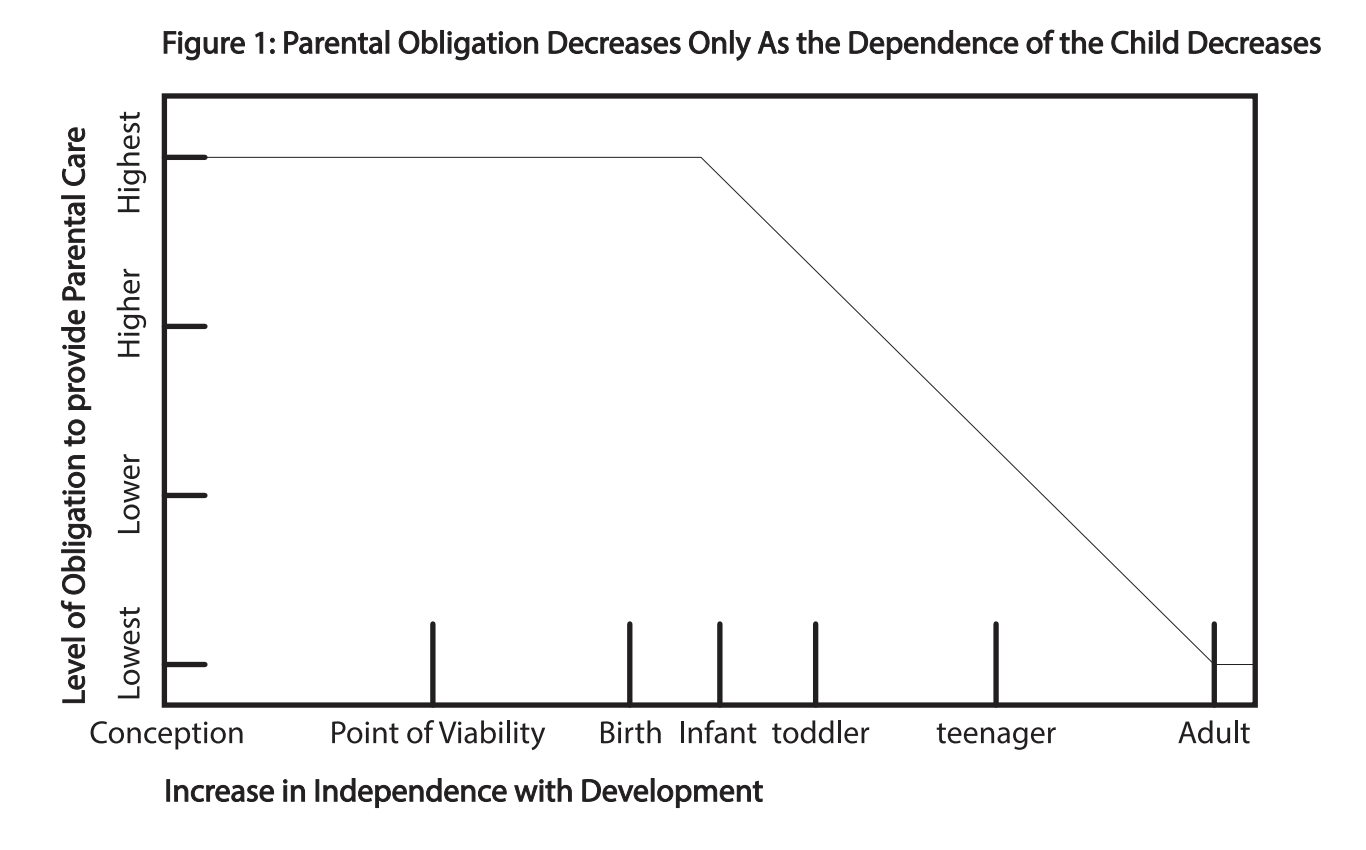
You will not typically be expected to hold the hand of your 15-year-old as he crosses the street. How bizarre it would be to turn this principle on its head for the sake of the unborn alone. In our daily experiences in life we recognize: the higher the levels of dependence of a child, the higher the levels of obligations are placed on the parents. But not so under this interpretation of Roe.
Inexplicably, for only those human beings yet to be born, an increased dependence somehow has the opposite effect to decrease, or even completely remove, any obligations towards them if they are so dependent they cannot yet live outside their mother’s womb.
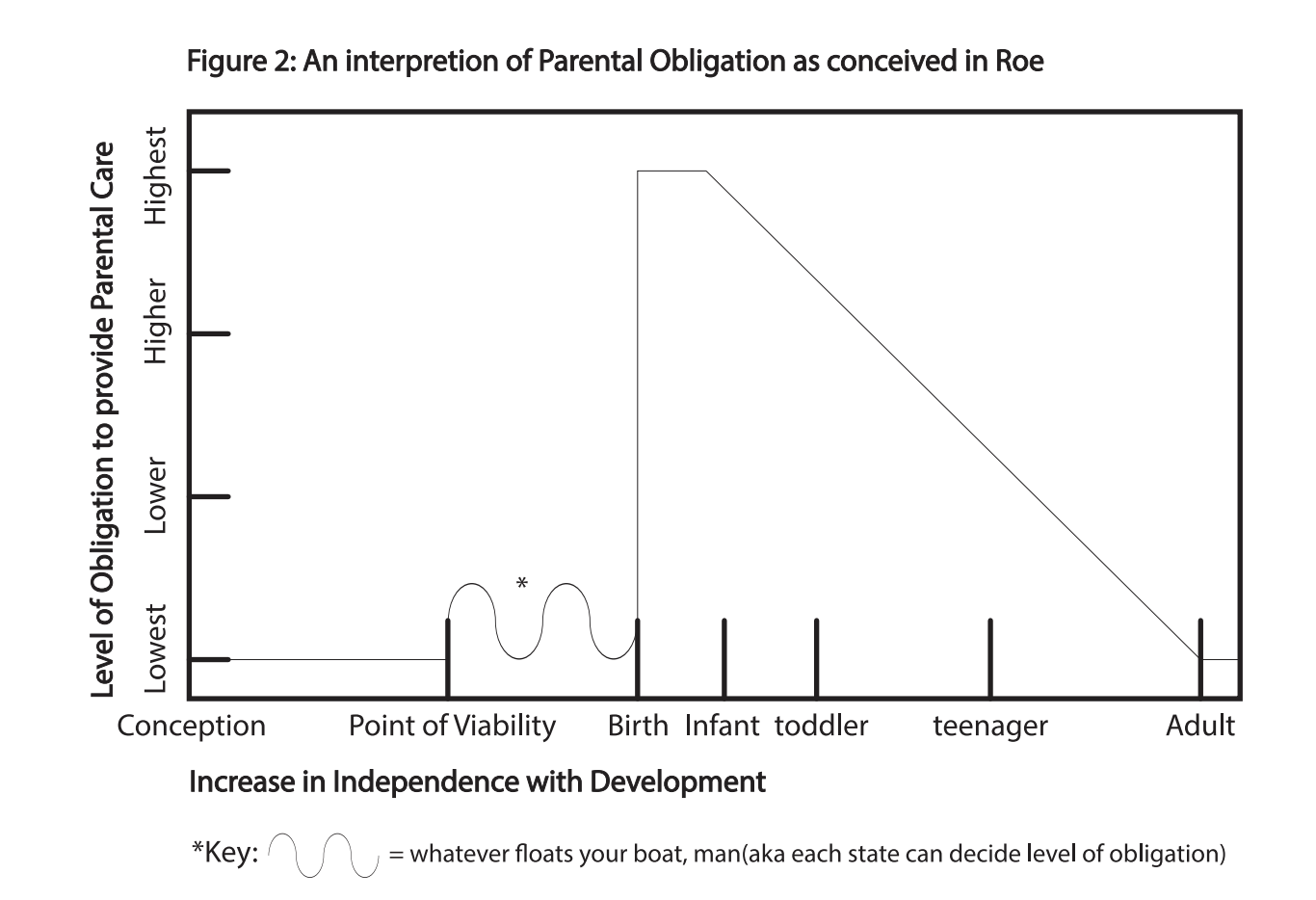
What’s more, the “point of viability” is itself relative to the available medical technology of the time and place. As a result, “pre-viability” is a term without objective applicability. How could one ever presume to definitively base the value of a human being on something as unstable as that?
For these reasons, the legitimacy of the viability standard is impossible to defend. Any sound ruling should conclude the viability standard is either incoherent or completely unprincipled and arbitrary. Pick your poison. God willing, the Supreme Court will concur and void Roe’s viability framework altogether.





